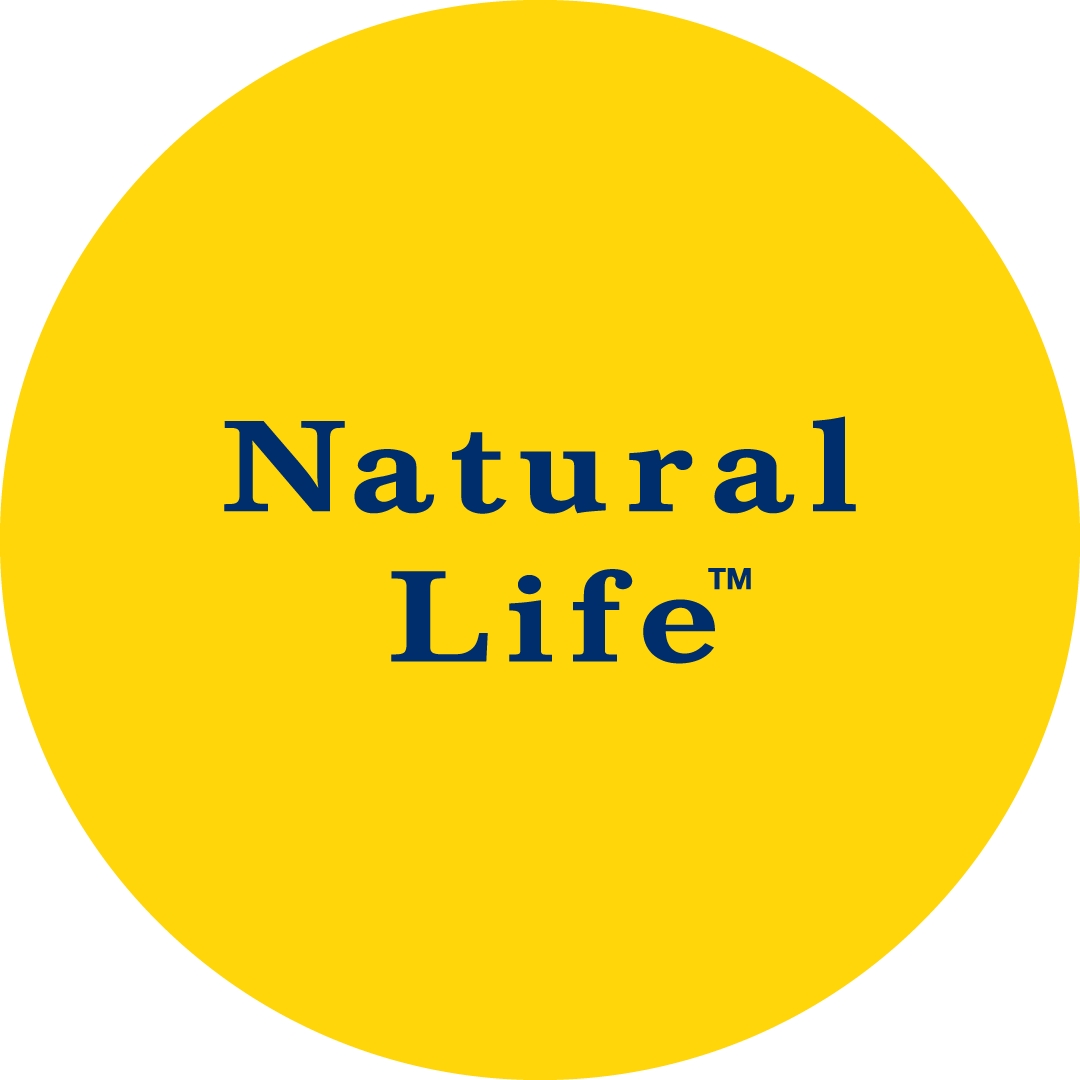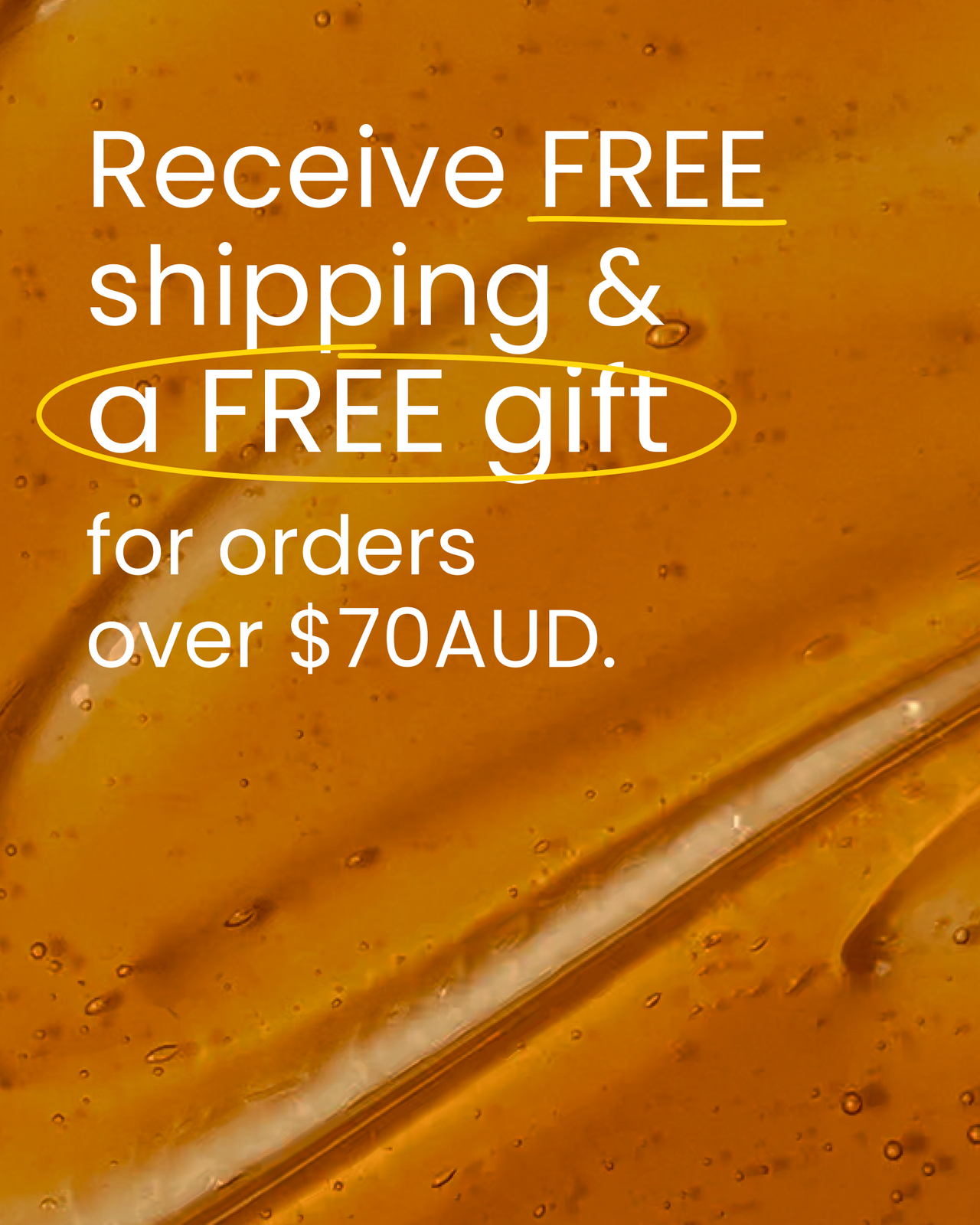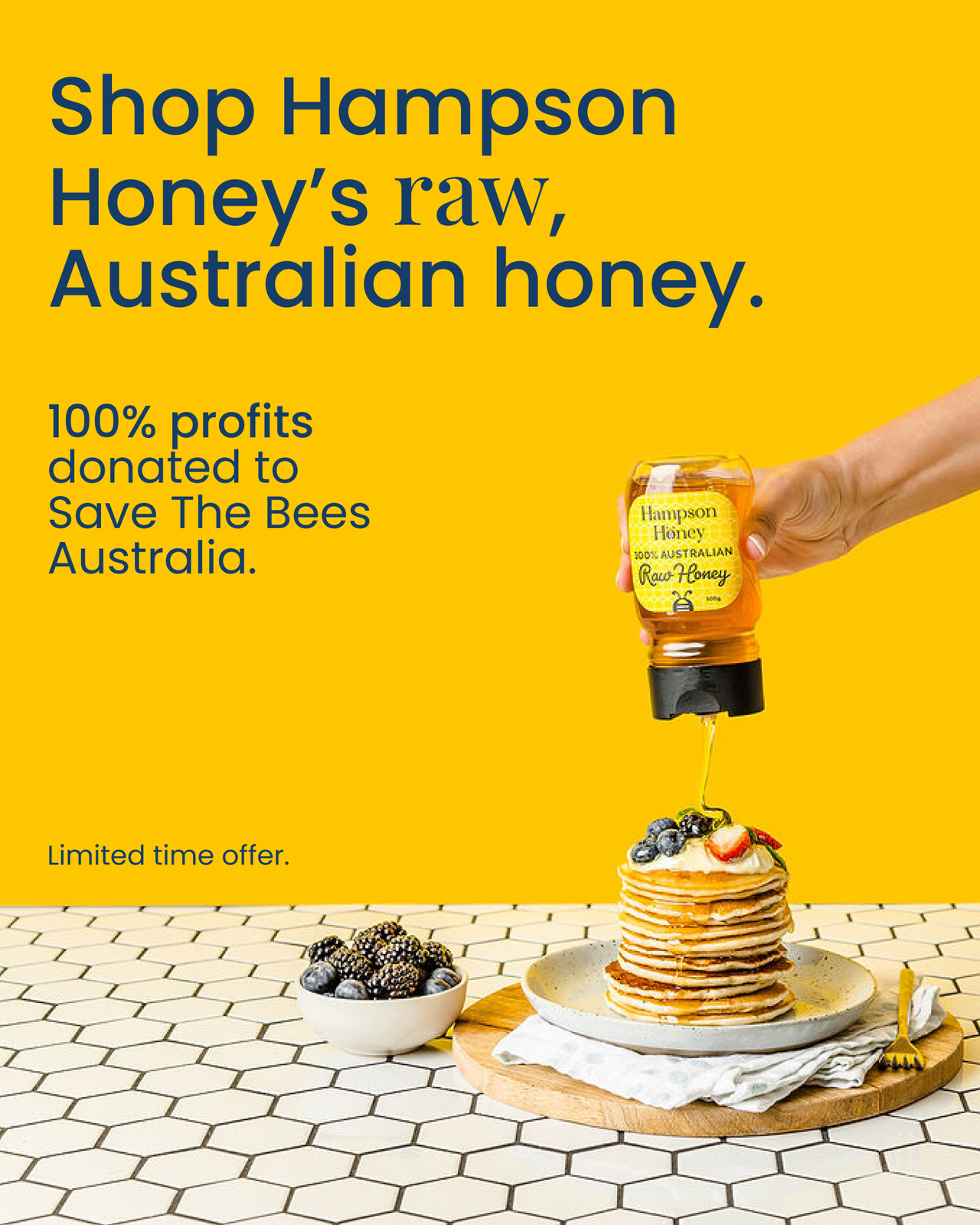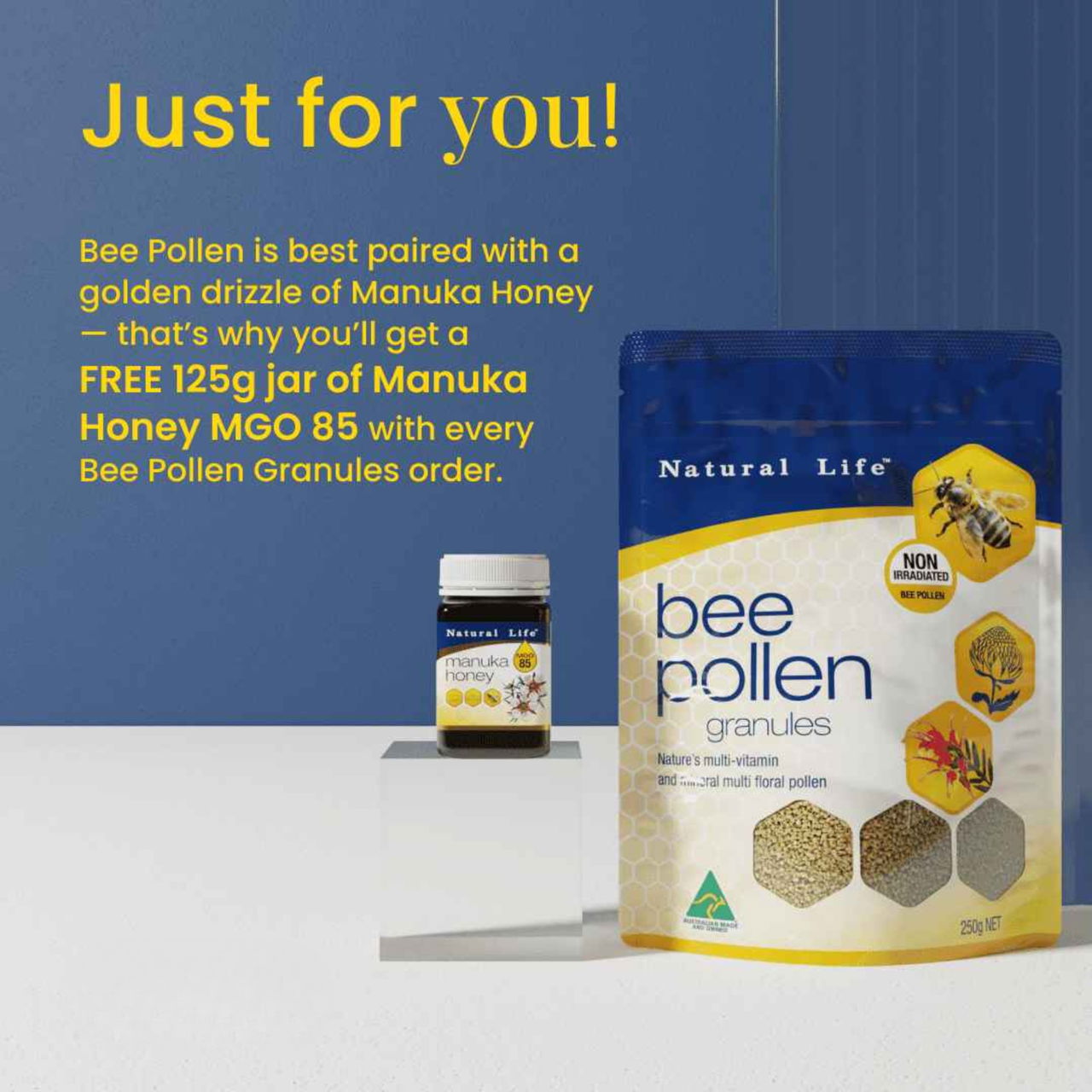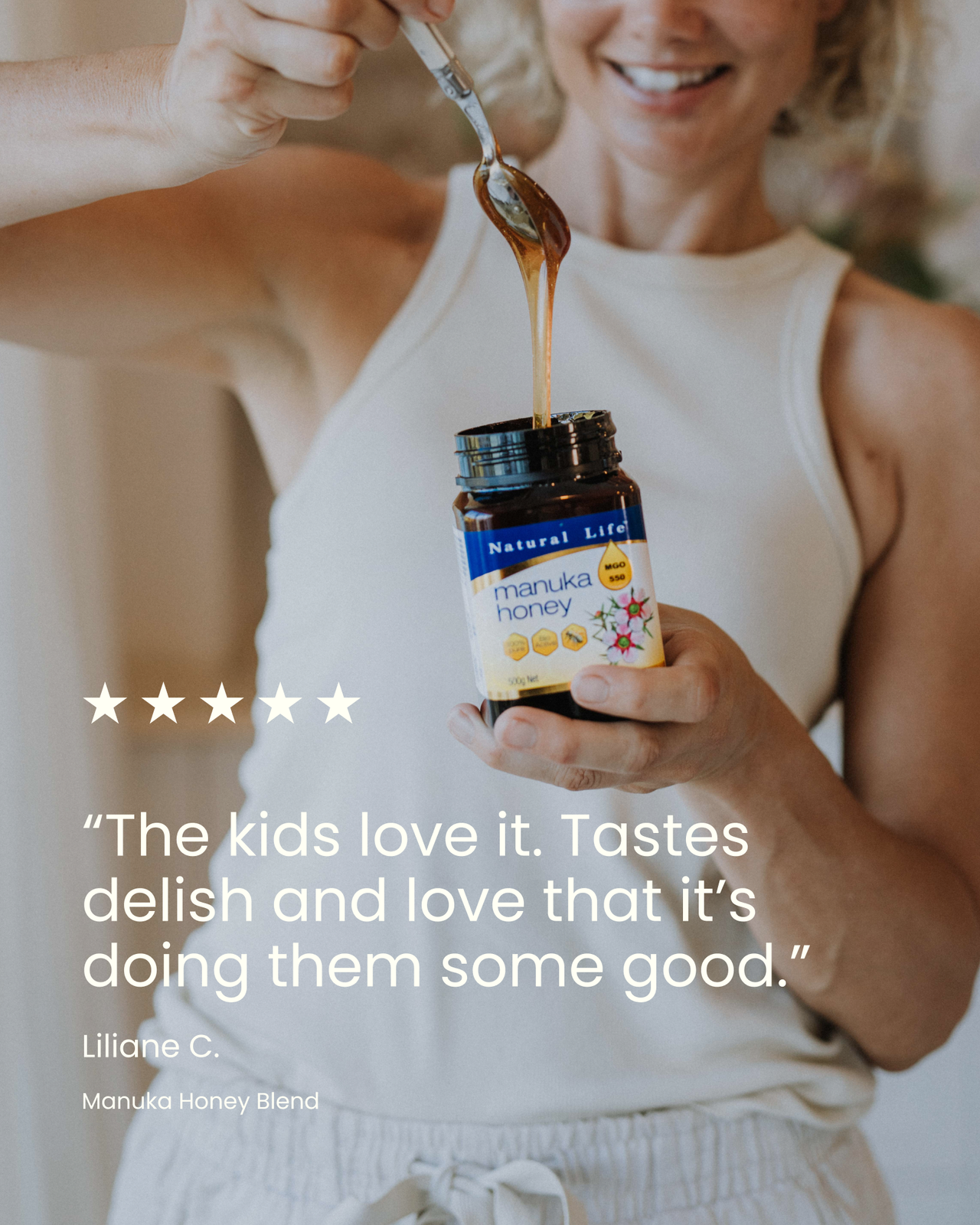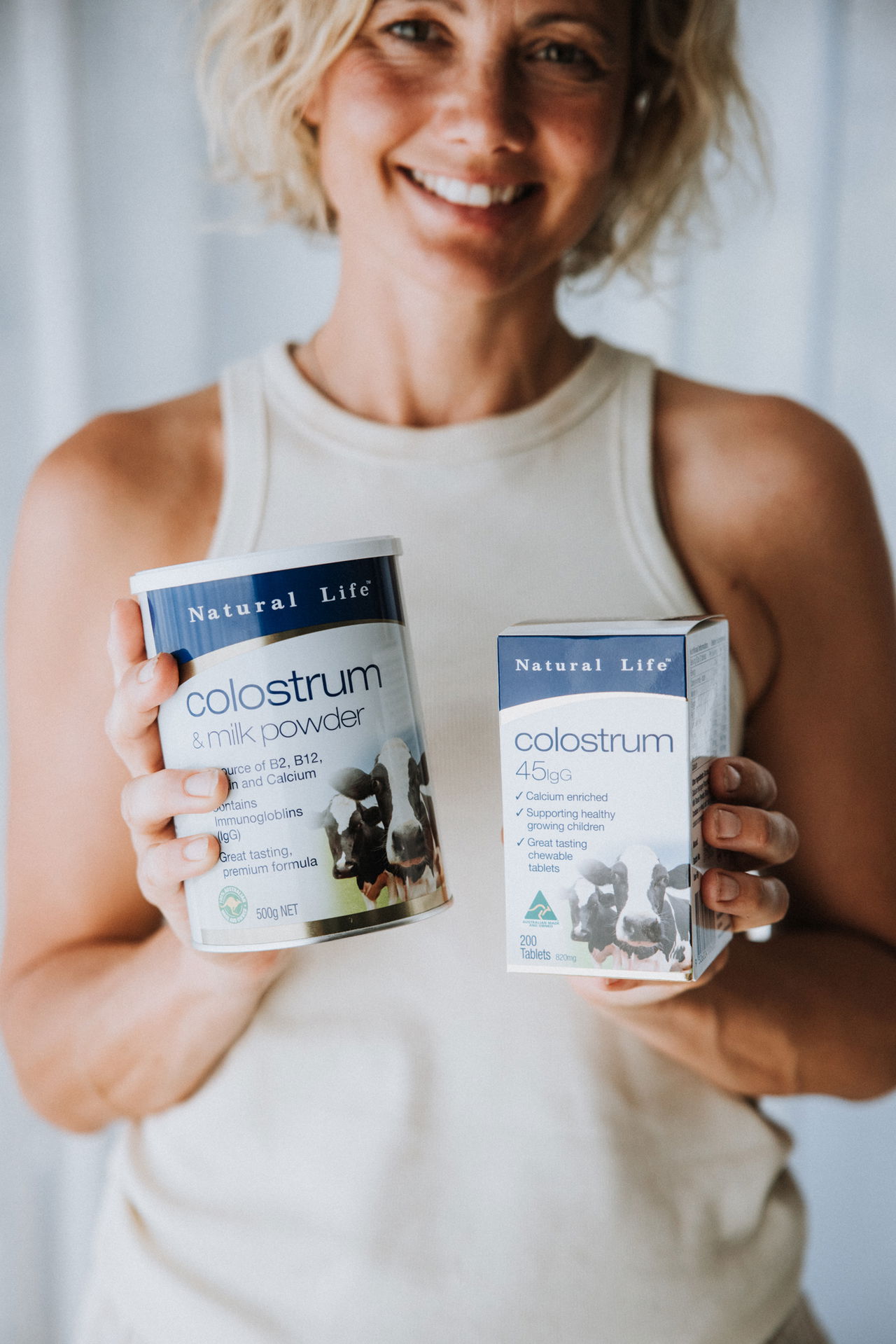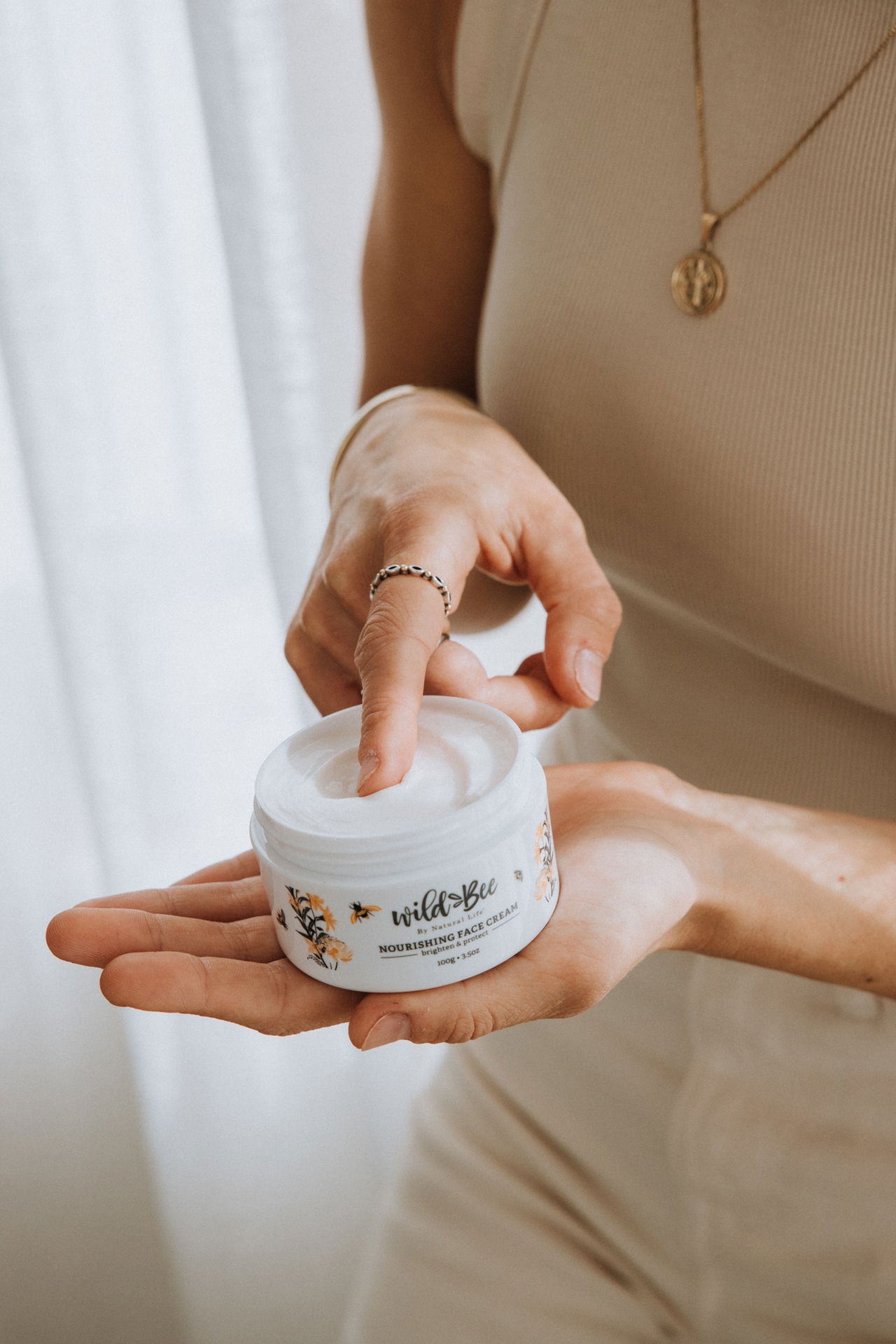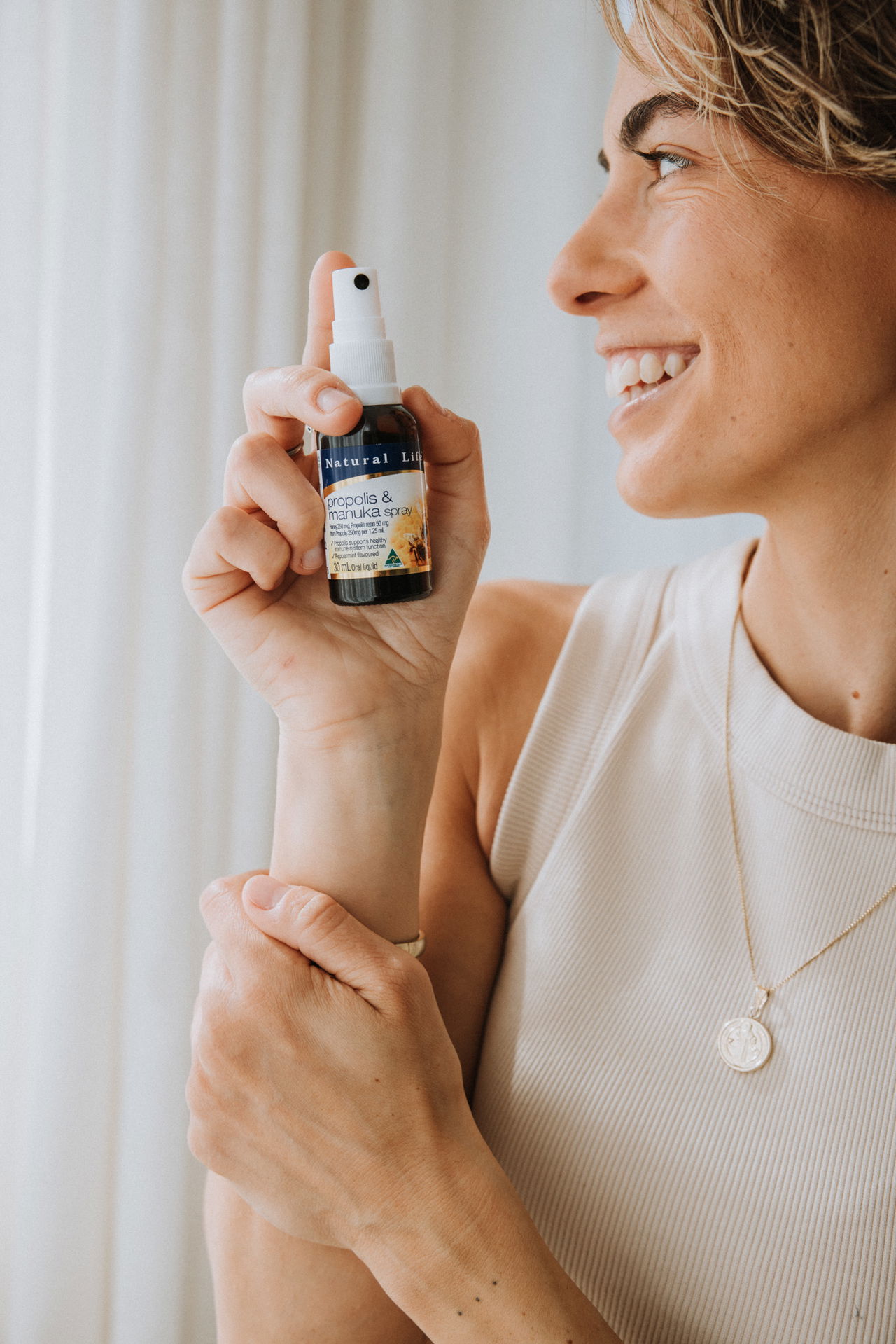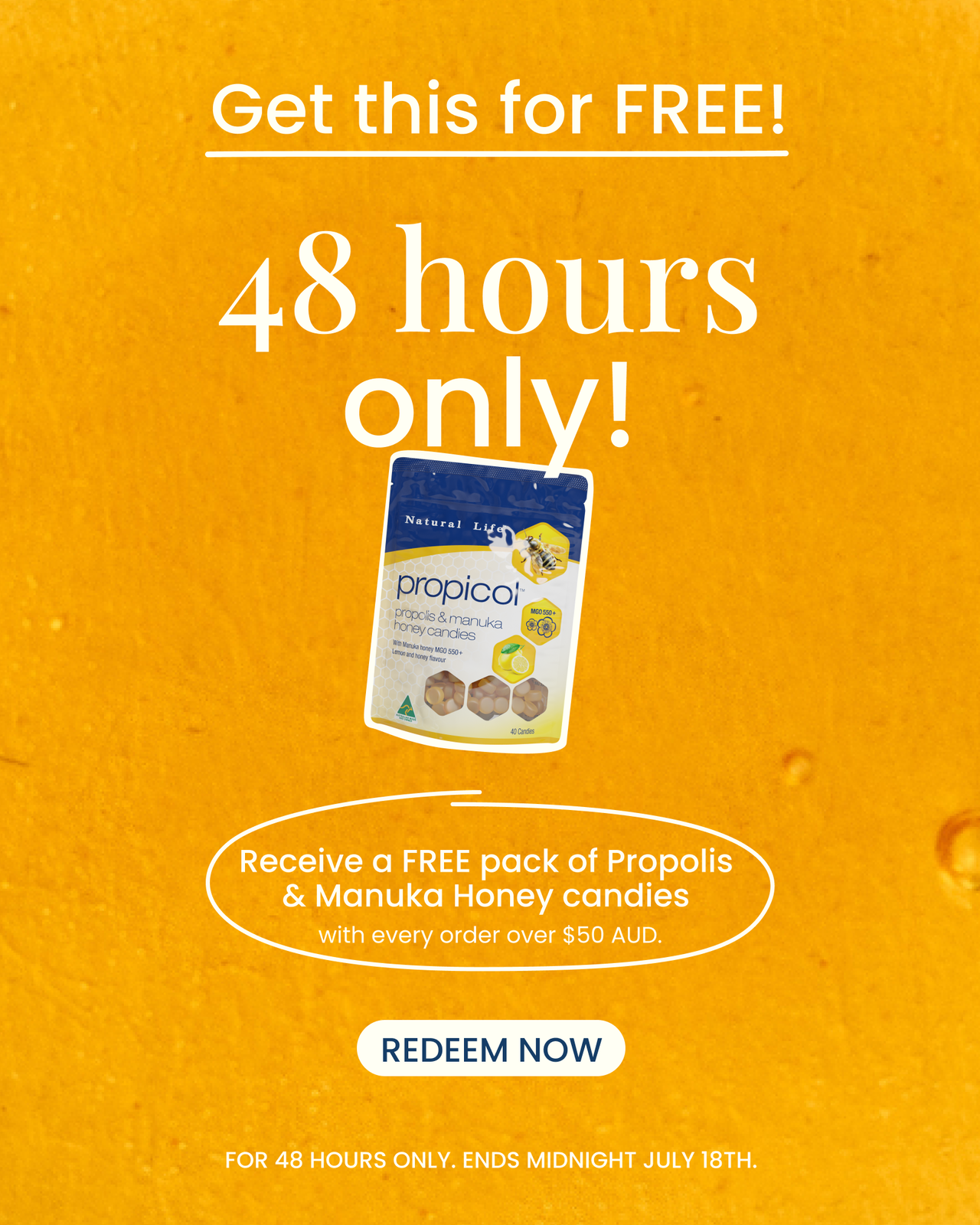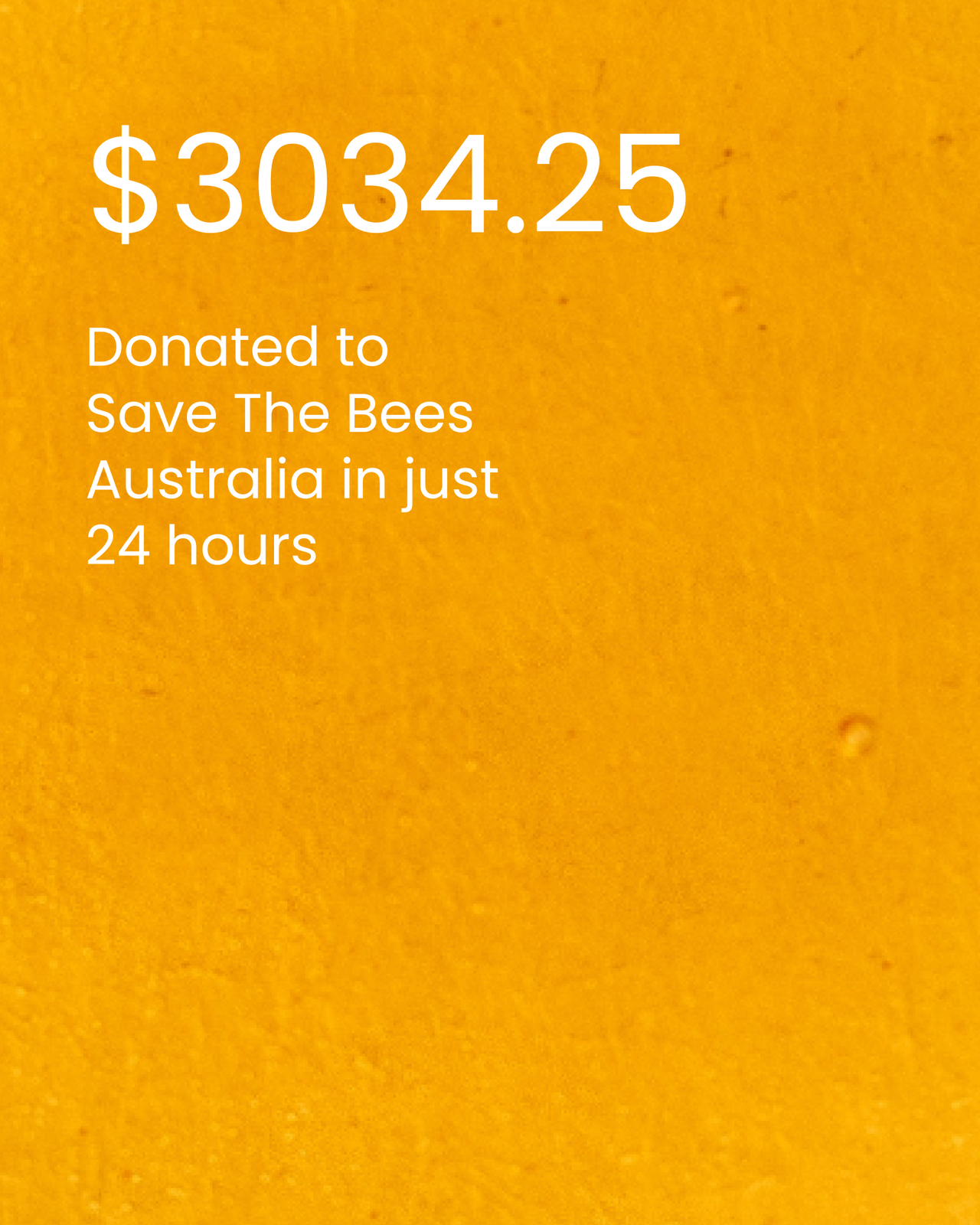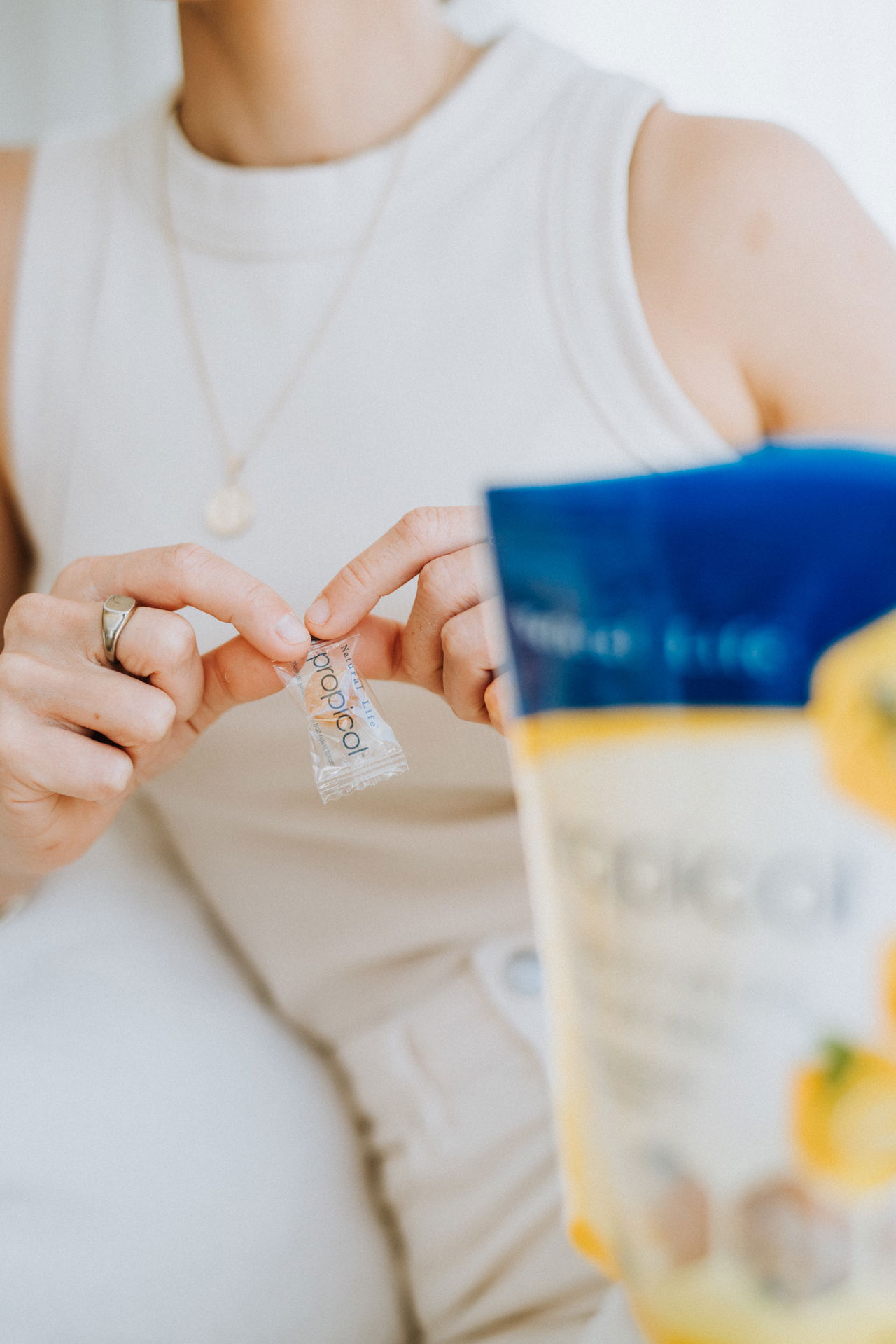And Is It Actually Worth It?
If you’ve ever picked up a jar of Manuka honey and winced at the price tag, you’re probably not the first person to do so. Manuka honey doesn’t come cheap - and for good reason. While you can find regular honey on supermarket shelves for under $10, premium Manuka varieties can easily cost five to ten times more.
So, what’s the deal? Why is Manuka honey so expensive compared to other types of honey? And more importantly, is it actually worth the hype (and the price)?
What Makes Manuka Honey Different?
Unlike standard honey, which can be made from a variety of nectar sources, Manuka honey is produced when bees pollinate the native Leptospermum scoparium plant — commonly known as the Manuka bush. This plant is found only in select regions of New Zealand and Australia, and its flowers bloom for just a few short weeks each year.
But what really sets Manuka apart is Methylglyoxal, or MGO — the naturally occurring compound responsible for its unique antibacterial properties. The higher the MGO level, the more potent the honey’s bioactive effects, and the more valuable it becomes.
1. Limited Supply Meets High Demand
Here’s the first reason for the price: supply is extremely limited.
Manuka bushes grow in wild, remote landscapes, often requiring helicopters to reach and service the hives. And because they only flower for a small window each year, beekeepers have a very short harvesting period — sometimes just 2 to 6 weeks depending on weather conditions.
Add to that the global demand from health-conscious consumers, and you get the classic formula for premium pricing: rare + effective + in demand = expensive.
2. It Takes a Lot of Work to Produce
Harvesting Manuka honey isn’t a walk in the park. Beekeepers face:
-
Unpredictable weather that can destroy entire seasons of nectar.
-
Rugged terrain that’s hard to access with standard equipment.
-
Strict hive management practices to maintain purity and potency.
-
Low overall yield compared to regular honey.
This isn’t mass production. This is specialised beekeeping with a narrow margin of error. All of that time, care, and effort goes into every jar.
3. Every Batch Is Tested — And That Comes at a Cost
We don’t just put Manuka on the label and call it a day. Every single batch of our Manuka honey is independently lab tested to verify its MGO content and confirm that it meets strict quality standards — the same standards that make authentic Manuka honey so valued worldwide.
These tests measure:
-
MGO (Methylglyoxal) — the compound responsible for antibacterial strength.
-
Leptosperin and DHA — naturally occurring markers that prove the honey is sourced from genuine Manuka nectar.
-
Purity and quality — to ensure the honey hasn’t been heat-treated, diluted, or altered in any way.
Each MGO level is certified and clearly labelled — whether it’s MGO 85+ for everyday wellness or MGO 550+ and MGO 800+ for more intensive immune and digestive support.
All of this testing and regulation adds to the cost — but it’s how we guarantee you’re getting exactly what you paid for: real, potent, premium-grade Manuka honey.
4. It’s Not Just Honey. It’s Functional Food.
This is the part most people overlook: Manuka honey isn’t just sweet. It’s functional.
Clinical research has shown that high-grade Manuka honey can help:
-
Support immune function
-
Soothe sore throats
-
Promote wound healing and tissue repair
-
Support gut health and digestive balance
-
Provide antioxidant and antimicrobial activity
Many consumers buy it not as a sweetener, but as a natural alternative to over-the-counter health products.
So, you’re not just paying for taste — you’re paying for real, measurable benefits that have been backed by science.
5. Counterfeit Protection and Certification Standards
Because of its high value, fake Manuka honey is a real problem worldwide. In fact, it’s estimated that global Manuka sales exceed the amount that is actually produced — which tells you how widespread mislabelling can be.
To combat this, reputable Australian brands must adhere to strict testing and labelling protocols. In Australia, the Australian Manuka Honey Association (AMHA) provides independent verification to certify genuine Manuka content and MGO activity.
This additional layer of protection ensures you're getting the real thing — but also contributes to the cost.
Is It Worth the Price?
If you’re looking for a sweetener to stir into your tea, regular honey will do the trick.
But if you want a nutrient-dense, bioactive product that offers antibacterial, antioxidant, and immune-supportive benefits, Manuka honey stands in a category of its own.
When you factor in the environmental challenges, testing standards, limited harvest windows, and health potential, the price makes a lot more sense.
Like many things in life, you get what you pay for.
Final Thoughts
Manuka honey isn’t expensive for the sake of it. It’s the result of limited natural supply, rigorous scientific testing, and meticulous care at every step — from hive to jar. That’s what makes it one of the most valuable natural health products in the world.
If you want the real deal, look for brands that back it up with proper certification. Ours is third-party tested, certified by the Australian Manuka Honey Association (AMHA), and labelled with genuine MGO ratings — so you know exactly what you’re getting.
Explore our range of Australian Manuka honey here.

